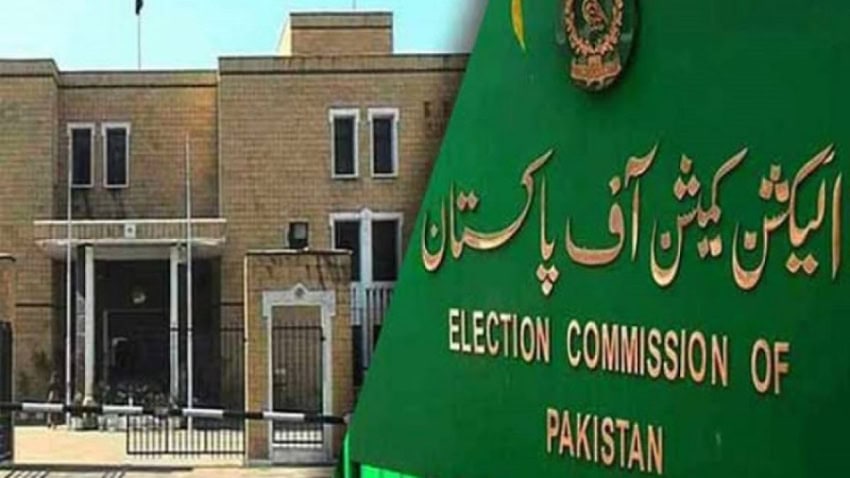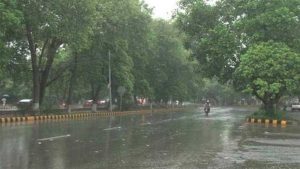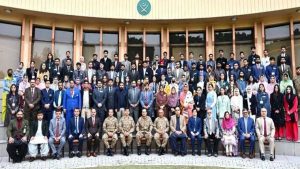The Election Commission of Pakistan (ECP) on Wednesday published the lists of preliminary delimitation of constituencies.
The move comes days after the ECP announced that general elections in Pakistan would be held in the last week of January 2024. The latest move of the ECP is being seen as a significant step towards the upcoming polls.
Under the original delimitation schedule issued by the ECP on Aug 17 — ten days after the notification of census results — the initial delimitation exercise was to be completed on Oct 7 and preliminary proposals for delimitation along with the report were to be published on Oct 9.
However, on Sept 1, the ECP announced squeezing timelines of the delimitation exercise by 14 days to complete the process on Nov 30, instead of the scheduled Dec 14.
The completion of the delimitation brings ECP closer to holding polls by the last week of January, as planned by the body. A specific date for the elections is yet to be announced.
In a press release issued on Wednesday, the ECP said the report of preliminary delimitation, along with the lists (Form 5), has been uploaded on the commission’s website and can be accessed by the public. Maps of the initial delimitation are also available on the website.
“The publication of the preliminary constituencies will continue for 30 days from Sept 27 to Oct 26,” it said, highlighting that objections (representations) to the preliminary constituencies can be made by the voters of the concerned constituency.
The representations, the ECP stated, should be addressed to the commission’s secretary and be submitted to the ECP Secretariat in Islamabad by Oct 27.
“The ECP will take decisions on these representations from Oct 28 to Nov 26 after hearing the positions of from the respective parties,” the press release said.
Listing the procedure of submitting the representations, the commission said it should be submitted by a voter of the concerned constituency in the form of a “memorandum” and entail the signatures of the voter. It said eight copies of the representations and constituency maps were required to be submitted.
It said the district maps can be obtained from the ECP for a “small fee”.
“Representations by courier, post and fax etc. will not be accepted,” the commission added.
Initial Delimitation Report
Based on the initial delimitation, the population distribution in the National Assembly constituencies is as follows: Balochistan has 930,900 voters, followed by 913,052 voters in Sindh, 907,913 in Khyber Pakhtunkhwa, 905,595 in Punjab, and 787,954 in Islamabad.
The National Assembly consists of 266 general seats and 60 seats reserved for women. Ten seats have also been reserved for non-Muslims. Punjab holds the majority of 141 seats in NA, followed by Sindh with 61, KP with 45, Balochistan with 16, and Islamabad with 3.
In the provincial assembly constituencies, the figures show Punjab leads with a total population of 429,929, followed by Sindh with 428,432, Khyber Pakhtunkhwa with 355,270, and Balochistan with 292,047.
As per the delimitation report, a copy of which is available with Dawn.com, the share of seats in the national and provincial assemblies have been worked out on the basis of the final results of the 2023 census.
“The population of the province/area has been divided by the total number of general seats and the average population or quota per National Assembly seat was obtained. Similarly, the population of a province was divided by the total number of general seats allocated to the provincial assembly to obtain a quota per seat.
“In calculating the total number of seats, a fraction of 0.5 and above was generally taken as one seat and a fraction below 0.5 was ignored. Due to the peculiar situation in Balochistan, more than one district has been clubbed. Similarly, few clubbings have also been made in other provinces where necessary,” it said.













